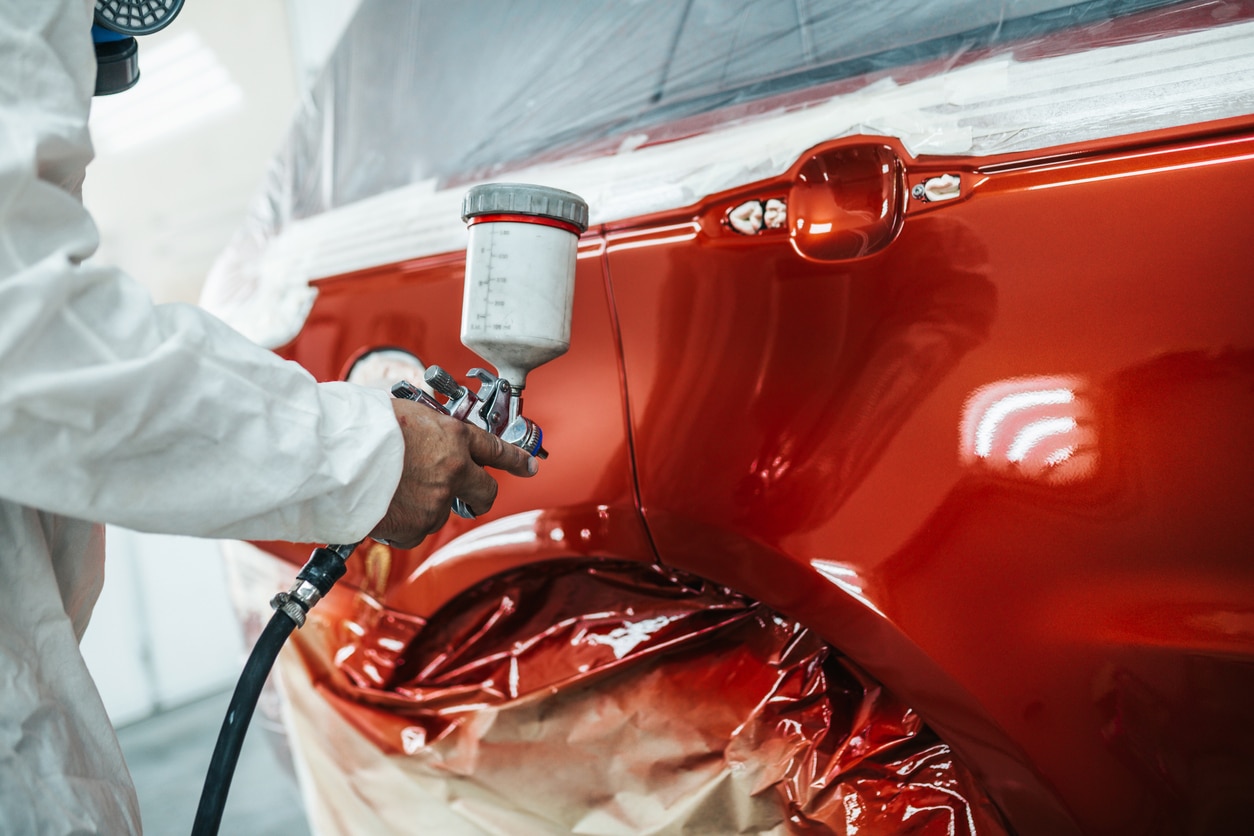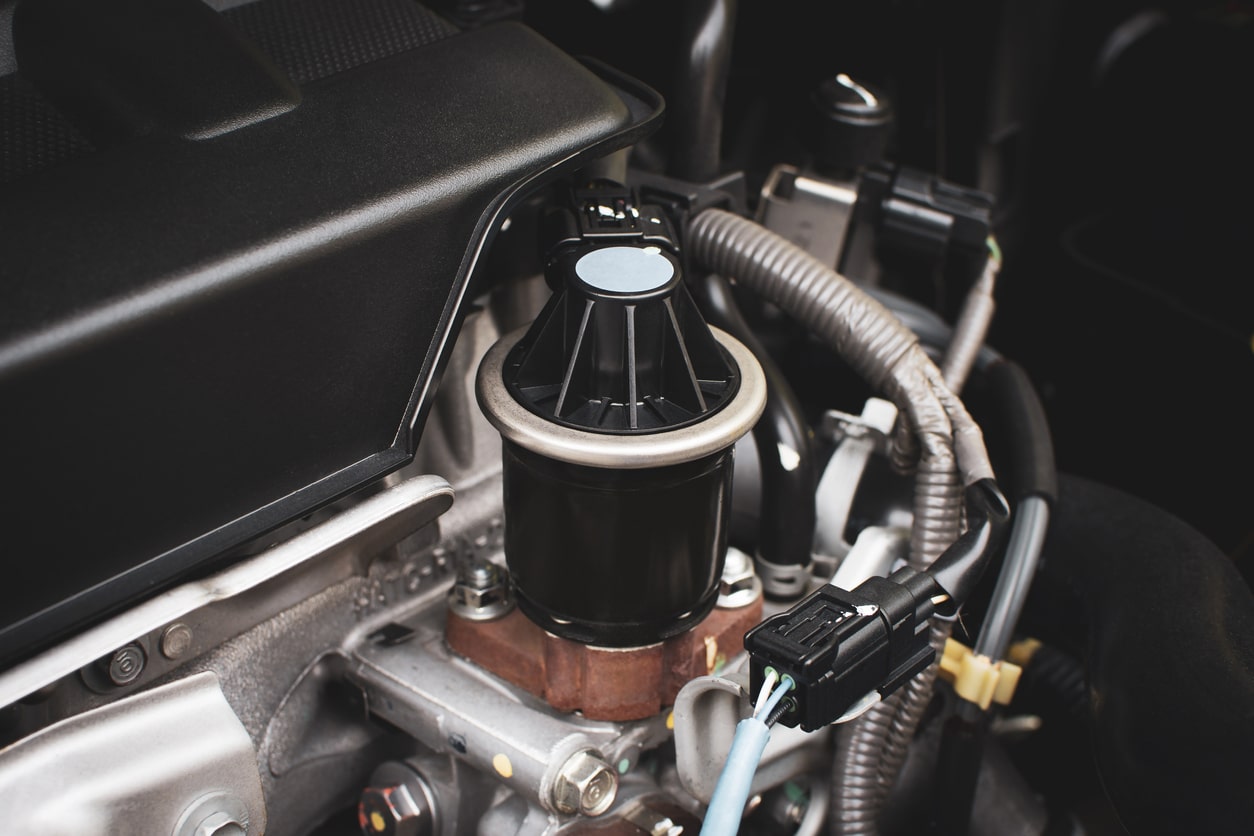Planning on painting your car? While preparation is the key to success, having the proper tools and products to hand can certainly help.
Whether you’re repairing a dent or contemplating giving your car a complete respray, there’s nothing to stop you from painting the exterior of your car yourself. So long as you’re equipped with everything you need for the job, it’s just a case of taking your time and following the right process.
So, what exactly do you need to paint a car? And are there any optional tools that can help?
Here, we’ll cover 14 essentials we’d recommend that you have for painting your car, including tools, paint products, and safety gear.
Tools
1. Car Washing Supplies
If you’ve read our DIY guide to painting metal, you’ll know that the first step is to give your car a thorough clean, removing any and all dirt from the surface you’ll be working on. So, of course, for that, you need all the proper kit – including a pressure washer, buckets, sponges, car shampoo, and microfibre towels for drying the surface.
2. Sandpaper or electric sander
Typically, automotive painting requires a lot of sanding. Even if you’re just repairing a small chip or scratch, you’ll need to remove the old clear coat and paint first to ensure an even finish when you apply fresh paint. So, make sure you have wet/dry sandpaper to hand or a suitable sander; a high grit count of over 1,000 works best on metal surfaces.
3. Spray gun and air compressor
For most DIY car paint jobs, you’ll probably be using a spray paint like those found on Holts Paint Match Pro, so may not need a spray gun and compressor. However, if you’re planning to spray your car a completely different colour, investing in a spray gun could help you achieve a better finish, and may even be more cost-effective than purchasing lots of cans of spray paint.
4. Masking tape and film
Whether you’re painting panels on your car or metalwork around your home and garden; masking tape and cover film are essential for protecting any areas that you don’t plan to paint. It’s absolutely worth investing in the best masking tape you can find here, as this will ensure the crispest lines and zero risk of paint leakage.
5. Micro applicator
Looking to repair a scratch or stone chip on a single panel of your car? A micro applicator could come in very useful. Ideal for intricate work in confined spaces or when you only want to apply paint to a small area, these tools are perfect for precision touch-ups when you’re not looking to completely strip back a whole section of the existing paintwork.
6. Buffer
Once you’ve finished applying paint to your car and have waited for it to dry, a buffer can help you improve the overall finish of the area, allowing it to blend more effectively into the surrounding paintwork. An electric orbital buffer is the type we would go for, and this tool will come in handy when waxing your car later down the line, too.
Paint products
7. Primer
Preparation is essential for flawless DIY paint jobs, so make sure to buy a high-quality paint primer that will maximise paint adhesion. All metalwork painting should begin with a coat of primer, which will allow the spray paint to grab to the surface and set in a single, smooth layer. Never skip primer – you’ll regret it if you do.
8. Quality metal paint
The durability and longevity of your new paintwork rest on the type of metal paint you choose to use on your vehicle. If you select a cheaper, inferior paint, you simply won’t achieve the same results or longevity as a premium-brand metal spray. Read our guide on the cost of paint repairs for further guidance and advice.
9. Cutting compound
If you’re looking to remove a thin layer of paint from your car as part of a DIY repair, reach for a quality cutting compound. These abrasive solutions are designed to gently remove a layer of clear coat so you can proceed with repairs and achieve a perfectly even finish, with no bumps, imperfections, or impurities.
10. Clear coat
After completing your paintwork repairs, you’ll want to apply a thin coat of clear coat to protect and seal the paintwork from future damage and wear and tear. Clear coat is available in spray cans making it easy to apply, and it goes on in much the same way as paint.
Safety Gear
11. Safety glasses
Spray paints and other paintwork-related chemicals can be extremely hazardous to eyes so be sure you’re wearing safety glasses at all times when carrying out remedial paintwork repairs. Your local hardware store should stock safety glasses that comply with EN166, which are considered the industry standard for most regular repair work.
12. Face mask and respiratory equipment
A face mask and respiratory aids should be worn at all times when using spray paints, as these products can easily affect the lungs and airways. Look for EN safety certification when purchasing a safety mask for spray paint applications, particularly if you’re buying one online.
13. Overalls or workwear
An obvious but no less important point: don’t start spray painting your car in your Sunday best! Carrying out any form of spray painting is guaranteed to get quite messy, with a fine mist covering you and your surroundings if you don’t take the right precautions. Ideally, you should be wearing full work overalls, but old, scruffy decorating clothes will do the job, too.
14. Tarp or covers for your garage or workshop
On a similar note, be sure to adequately protect the surrounding area, including the floor, walls, and other surfaces. If you can, we’d recommend driving your car onto a large sheet to remove any chance of getting paint on the floor. Similar precautions may be needed for the walls if you’re working in a garage or workshop.
OK – ready to start painting? You’ll find tons of helpful paint application tips on the Holts blog. Remember, too, that our Paint Match Pro range has everything you need to spray your car, including over 6,000 code-matched sprays.


